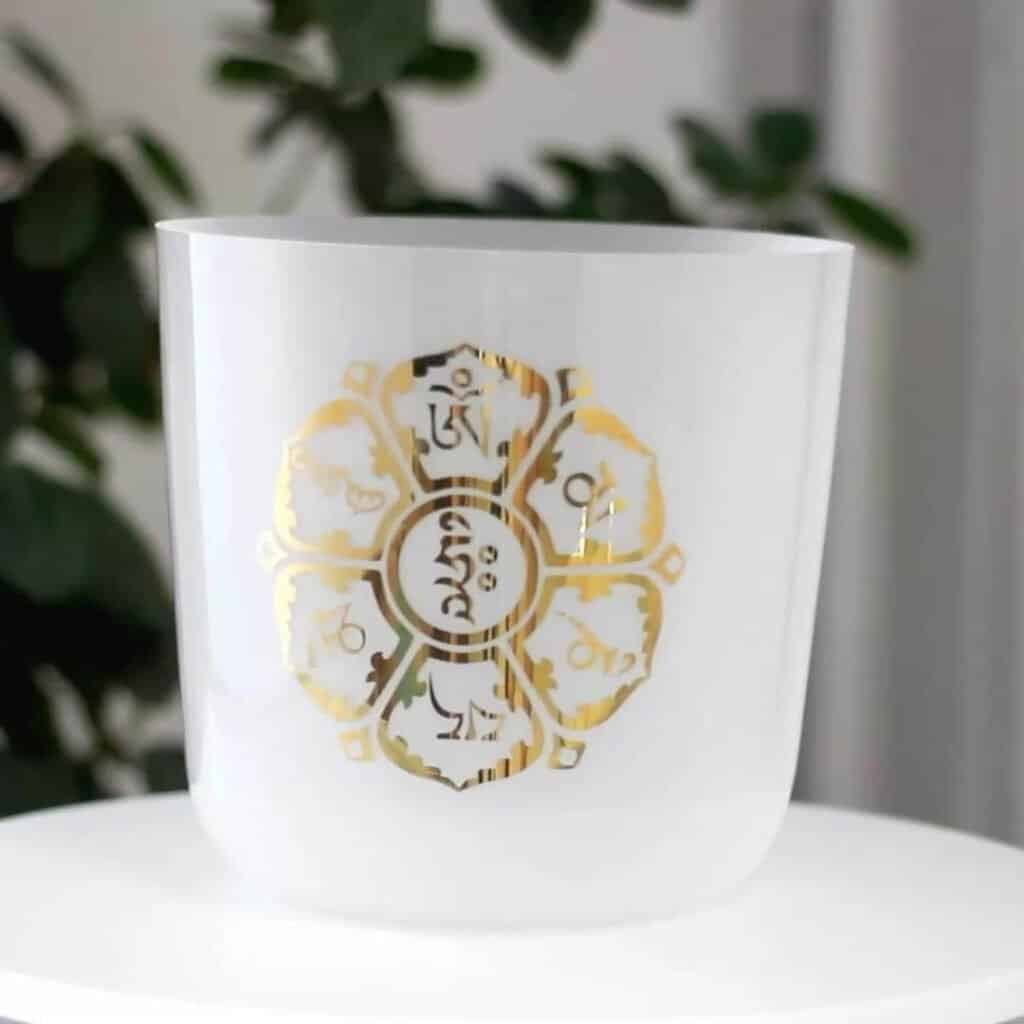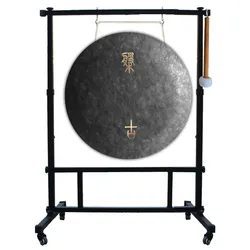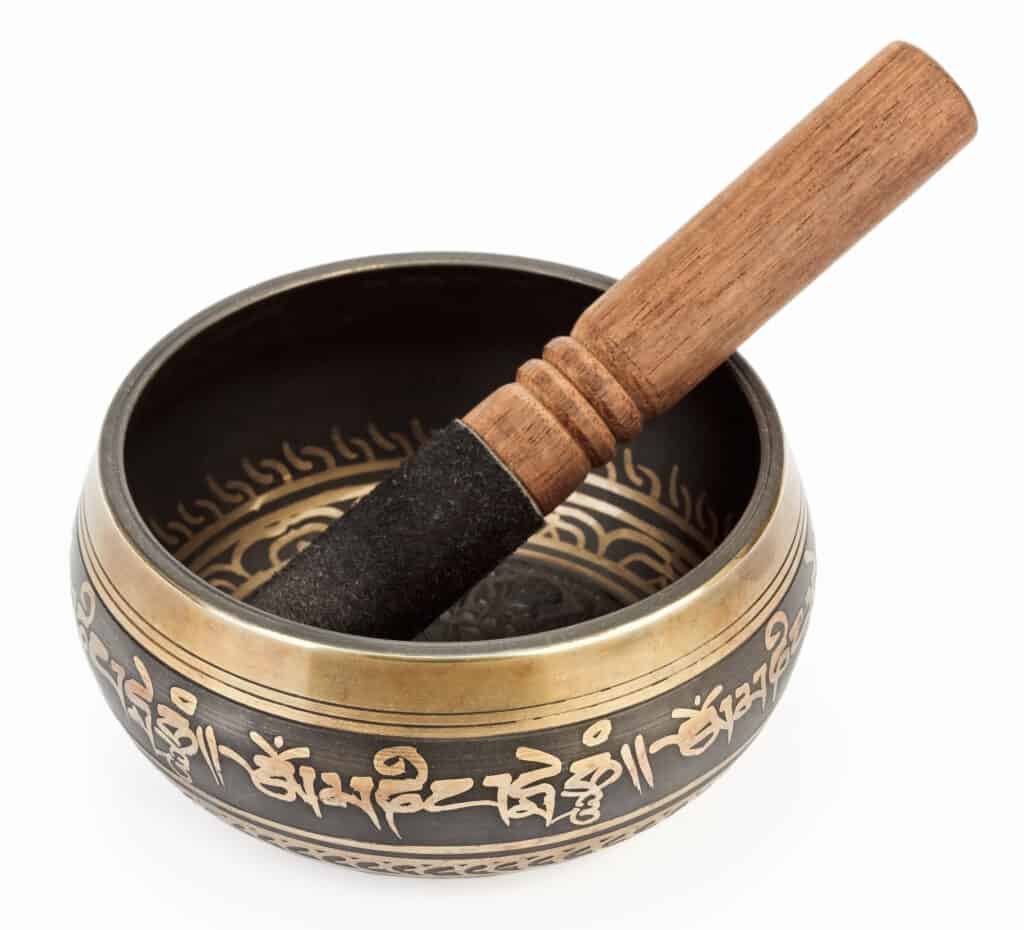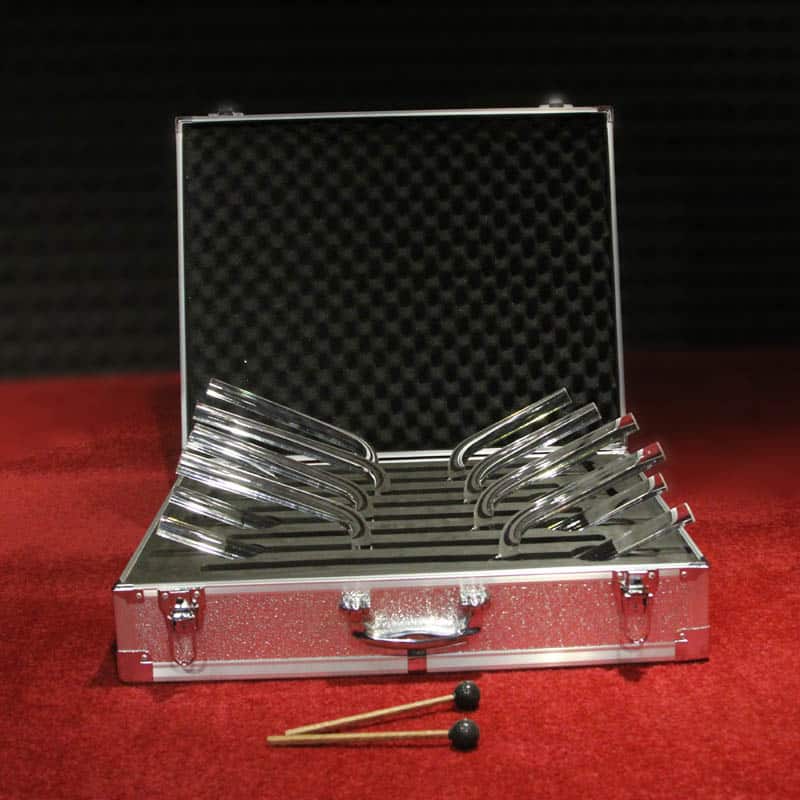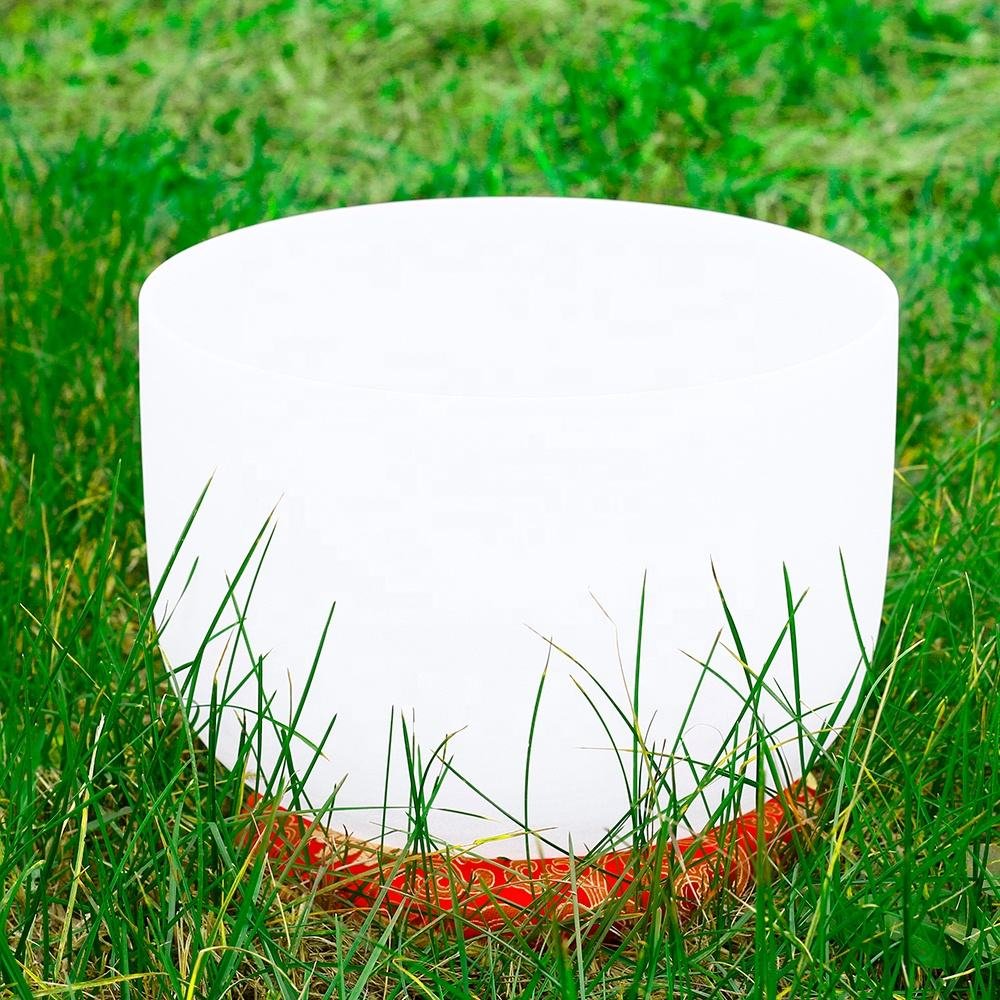The kalimba is a beautiful and unique instrument that provides a fun and exciting way to make music. It is a great instrument for both experienced musicians and those new to playing an instrument. Reading kalimba tabs is one of the best ways to learn how to play the kalimba, as it offers an easy-to-follow visual guide of which notes to play.
What is Kalimba?

Kalimba is an African musical instrument that is gaining popularity around the world. It has a unique sound and is made up of metal tines attached to a wooden board or box. The tines are plucked with the thumbs to produce their unique sound. The music produced with the kalimba has been described as mellow, soothing, and evocative – perfect for creating ambiance in any setting. With its increasing popularity, many people are now looking for ways to play this instrument. One way to do this is by learning how to read kalimba tabs. Kalimba tabs provide musicians with an easy-to-follow representation of how a piece of music should be played on the kalimba. By following these simple instructions, anyone can quickly learn how to create beautiful music on this unique and captivating instrument!
Basics of Kalimba Tabs
Kalimba tabs provide a simple way to learn and play the kalimba. Learning how to read kalimba tabs can help you get started playing this fascinating instrument quickly. To understand how to read kalimba tabs, it’s important to know what they are. Kalimba tabs are written music notation for the kalimba, usually printed on paper or found online as part of instructional materials for learning the instrument. Each tab contains two rows of numbers and dots, which represent specific notes on the kalimba tines (keys). As you move from left to right, each number signifies which tine should be plucked and when – creating a sequence of notes that form a song or melody.
Types of Kalimba Tablature

There are three main types of kalimba tabs used by musicians today: standard, single note, and two-note tablature. Standard kalimba tablature lets players view music in a traditional form with notes placed onto a staff indicating the pitch, duration and intensity of each note. Single note tablature often uses a combination of numbers and letters to make it easier to learn more complex notes. With this notation format, each digit or letter correlates directly to a tine on the instrument so that the player can match them up easily. Two-note tablature consists of a series of vertical lines that correspond to the notes on your kalimba. The top line usually corresponds to one note, while the bottom line corresponds to another note. Each time you see an “X” placed between these two lines, this indicates that both notes should be played at the same time.
Understanding the Numbering System
In kalimba tabs, the numbers represent the tines on the instrument. The tines are numbered from 1 to the highest number on your kalimba. For example, if your kalimba has 10 tines, they will be numbered from 1 to 10. The numbers in the tabs correspond to the tines you should press or pluck to produce the desired melody.
Notation and Symbols in Kalimba Tabs
In addition to numbers, kalimba tabs may contain symbols that convey additional information about playing techniques and effects. These symbols include:
- “-” or “_”: Indicates a pause or silence.
- “T”: Represents a thumb stroke.
- “P”: Represents a pluck or use of the index finger.
- “S”: Represents a slap or tapping the tine with your nail.
These symbols add nuance and dynamics to your playing, allowing you to create a more expressive performance.
Tips for Reading Kalimba Tabs
Reading kalimba tabs follows a straightforward process:
- Locate the starting note: Look for the number that represents the first tine to be played.
- Identify the timing: Check the rhythm and spacing between the numbers to determine the duration of each note.
- Play the notes: Use your thumbs or fingers to press or pluck the corresponding tines as indicated by the numbers in the tabs.
- Follow the sequence: Move through the tabs from left to right, playing each note in the correct order.
- Pay attention to symbols: Observe any symbols in the tabs and apply the appropriate playing techniques or effects.
Using Tablature Software
Tablature software can be a great way to learn how to read kalimba tabs. Not only does it provide an easy-to-read diagram of the notes and their placement on the kalimba, but it also offers audio playback so you can hear what each note should sound like. Plus, many tablature programs are available for free or low cost, making them a great option for beginners. Learning how to read kalimba tablature is simple when using tab software. By entering the notes into the program’s interface, you will be able to see the fingering positions and pitch layout of each note on your physical instrument. This makes it easy to visualize and understand where your fingers should go in order to play any given melody or song. For more advanced users, some programs even offer tools that allow you to customize fingerings as needed.
Interpreting Symbols & Notations
Kalimba tabs are written similarly to guitar tabs and help you play traditional songs on the instrument. Knowing how to interpret symbols and notations in these tabs will help you learn new pieces of music quickly and easily. For those unfamiliar with musical notation, it is important to understand the basic symbols used in kalimba tab reading. A “T” symbol indicates which tine (a small metal bar) should be plucked on the kalimba while a number above or below denotes which finger should be used for plucking.
Transposing Songs using Kalimba Tabs
One of the advantages of kalimba tabs is the ease of transposing songs. Transposing refers to changing the key or pitch of a song to suit your kalimba or personal preference. By understanding the numbering system and how it relates to the notes on your instrument, you can transpose songs to different keys without needing extensive music theory knowledge.
Exploring Intermediate and Advanced Techniques
As you become more proficient in reading kalimba tabs, you can explore intermediate and advanced techniques to expand your musical repertoire. These techniques include chords, arpeggios, percussive effects, and harmonics. By incorporating these techniques into your playing, you can create more intricate and captivating melodies.
Common Challenges and Troubleshooting
Learning any musical instrument comes with its challenges. When reading kalimba tabs, you may encounter difficulties such as:
- Finger placement: Initially, finding the correct placement of your thumbs or fingers on the tines may take some time and practice.
- Coordination: Coordinating the movement of your thumbs or fingers to play multiple tines simultaneously can be challenging but improves with practice.
- Rhythm and timing: Achieving a consistent rhythm and timing may require focused practice and a good sense of musical timing.
- Note recognition: Quickly identifying the numbers corresponding to the tines takes practice, but it becomes more intuitive over time.
If you encounter these challenges, don’t get discouraged. Patience, persistence, and regular practice will help you overcome them.
Resources for Finding Kalimba Tabs
The internet offers a wealth of resources for finding kalimba tabs. Some popular websites and platforms where you can find kalimba tabs include:
- Online kalimba communities: Join forums and communities dedicated to the kalimba, where members often share tabs and offer support and guidance.
- Social media groups: Search for kalimba-related groups on platforms like Facebook, Reddit, and Instagram, where you can connect with fellow players and find tabs.
- Kalimba tutorial websites: Explore websites that provide tutorials and tabs for various songs, catering to different skill levels.
Taking Your Kalimba Skills to the Next Level
Once you have grasped the basics of reading kalimba tabs, you can further enhance your skills by:
- Learning music theory: Acquiring some fundamental knowledge of music theory will deepen your understanding of melodies, chords, and harmonies.
- Experimenting with different genres: Explore various genres of music to expand your repertoire and challenge yourself with new techniques and styles.
- Playing with others: Joining a kalimba ensemble or jamming with fellow musicians can enhance your playing, musicality, and improvisational skills.
- Composing your own music: Use your knowledge of kalimba tabs and music theory to compose your own melodies and express your creativity.
Conclusion: Get Started!
Reading kalimba tabs can be a daunting task, but when done correctly, it can open up the door to an entirely new world of musical expression. By above these simple steps and understanding the fundamentals behind reading kalimba tabs, you’ll be able to get started on your journey with playing this unique instrument.
At its core, learning how to read kalimba tabs is all about practice and patience. Take your time with each step and make sure that you understand the basics before moving on to more difficult concepts. With some dedication and focus, you’ll soon find yourself playing beautiful music on your very own kalimba in no time!
Frequently Asked Questions (FAQs)
- Can I use kalimba tabs for any song? Yes, you can find kalimba tabs for a wide range of songs, including popular music, traditional melodies, and original compositions.
- Do I need prior musical experience to read kalimba tabs? No, kalimba tabs are designed to be beginner-friendly and require no prior musical experience or knowledge of traditional sheet music.
- How long does it take to learn how to read kalimba tabs? The time it takes to learn how to read kalimba tabs varies for each individual. With regular practice, you can start playing simple songs within a few weeks.
- Can I create my own kalimba tabs? Yes, once you become comfortable with reading kalimba tabs, you can create your own tabs for songs or compositions.
- Are kalimba tabs suitable for advanced players? Absolutely! While kalimba tabs are often associated with beginners, advanced players can also benefit from them, especially when exploring new songs or techniques.



